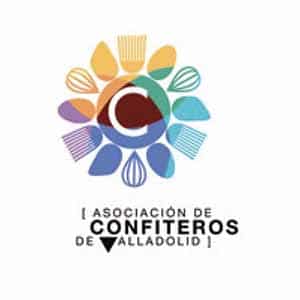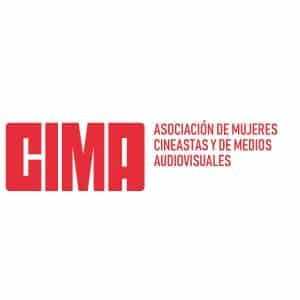The exhibition gathers artistic works of the filmmaker created from the film scripts
Tribute to Bigas Luna. 30 years of Jamón, jamón’ has had today, October 22, its official inauguration in the Municipal Exhibition Hall of Las Francesas – Municipal Foundation of Culture, with the official introduction of Javier Angulo, director of the International Film Week of Valladolid, and two luxury guides, the filmmaker and screenwriter Vicky Calavia and the artist and daughter of the director Betty Bigas, curators of the exhibition.
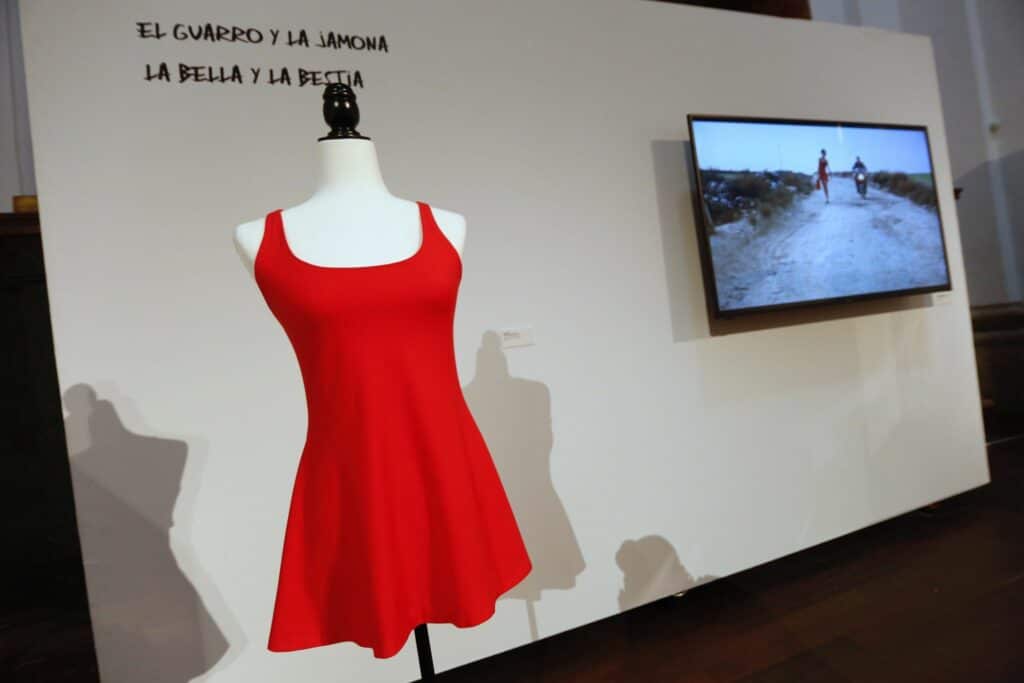
Together, they have been unraveling the details of an exhibition that brings together the whole universe of one of the most iconic films of Spanish cinema and is a tribute to the filmmaker. And as such, it is able to combine the Osborne bull (and its attributes) to that Duelo a garrotazos by Francisco de Goya that inspired one of the most tragic moments of the film.
Among the objects on display are reproductions of the ham-sticks with which Javier Bardem and Jordi Mollà fought, Penélope Cruz‘s iconic red dress and basket, the underpants from the billboard or the director’s own chair, located in a predominant place in the room: the pulpit.
A journey through the film, object by object
The exhibition includes a large amount of material related to the creative, production and shooting process of the film. In prominent places it is possible to contemplate the collage that gathers polaroids, small graphics or annotations of the filmmaker; an outline of the two superimposed love triangles, which in turn form a six-pointed star, or Self-portrait to the earth, one of the artistic works of the multifaceted Luna.
The curators of the exhibition have also ventured into this territory with the selection of some of the filmmaker’s works after the film’s release, but linked to it. Those who decide to visit the exhibition will be able to contemplate how fragments of the film’s script interacted with nature itself in Bigas Luna‘s garden and the result as a plastic proposal.
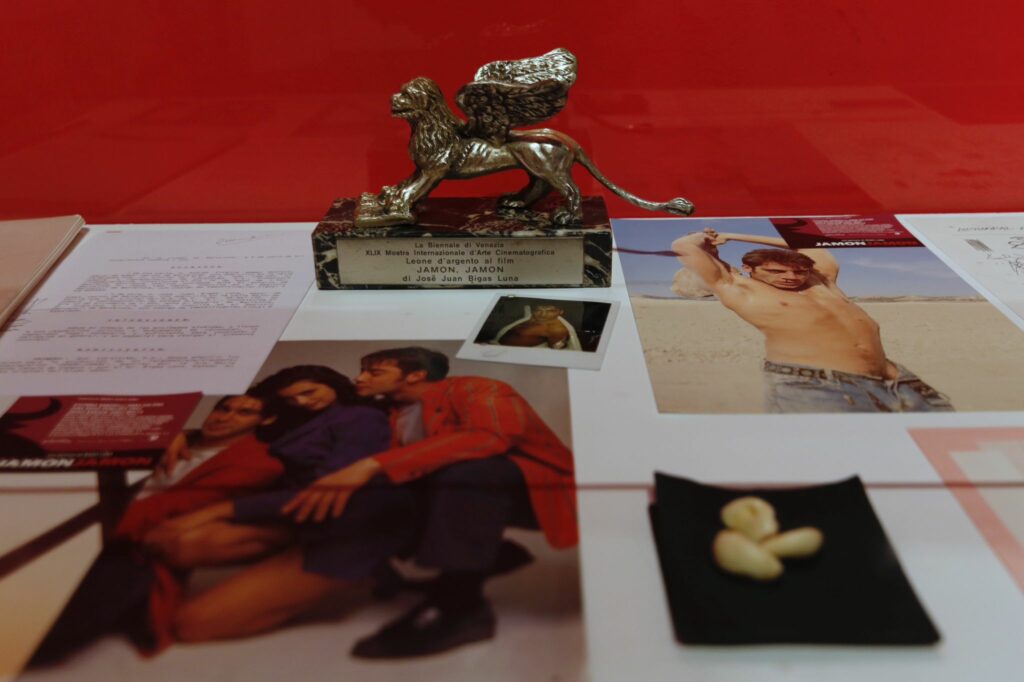
Likewise, an endless number of fragments of dialogues of the personal ones punctuate panels and showcases. Carefully chosen, they contextualize each element of the exhibition. Those attending today’s opening had extra help: the words of the curators. Among those who were able to hear first-hand the explanations of Calavia and Bigas were Ana María Redondo, Councilor for Culture and Tourism of the Valladolid City Council, in charge of inaugurating the exhibition.
But also many of the people involved in the film in the early 90s, such as Cosol Tura, the casting director of Bigas Luna’s films; Andrés Vicente Gómez, producer; José Luis Alcaine, director of photography, or Teresa Font, responsible for the editing of the film. Among those present was Sara Fernández, deputy mayor of Zaragoza, where the exhibition will travel once it is dismantled in Valladolid on November 20.
The finishing touch to her presence at the event will be the viewing, at ten o’clock tonight, of a restored copy of the film. It will take place at the Teatro Zorrilla.
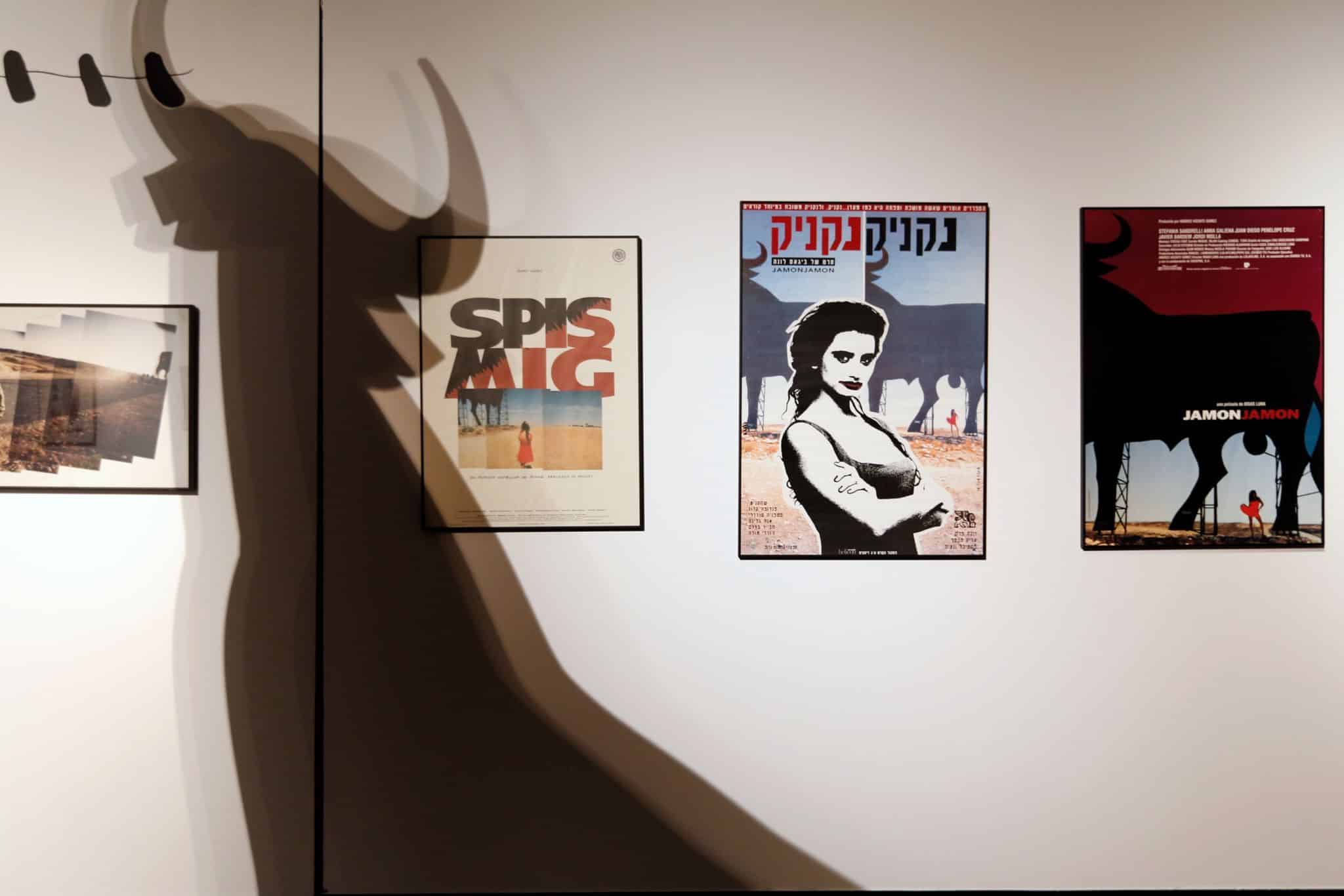
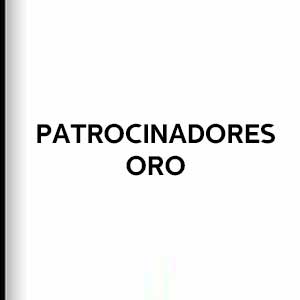
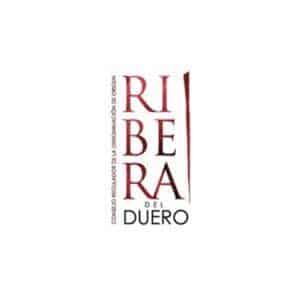
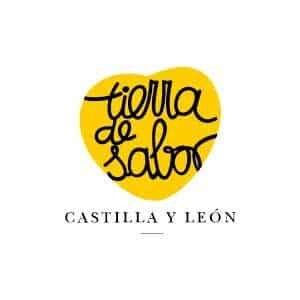

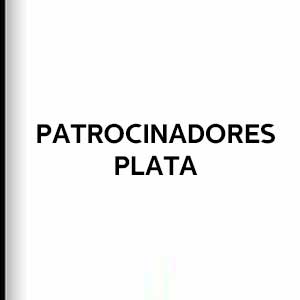



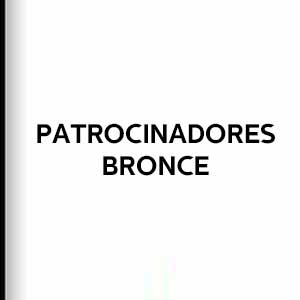

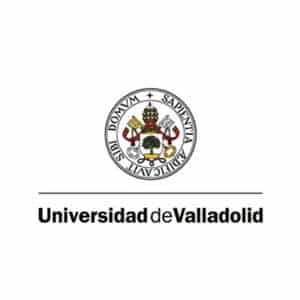



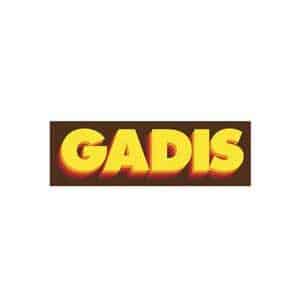



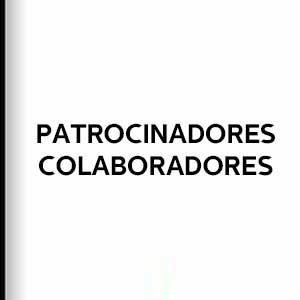
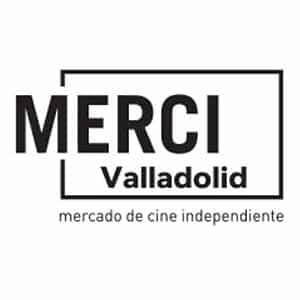
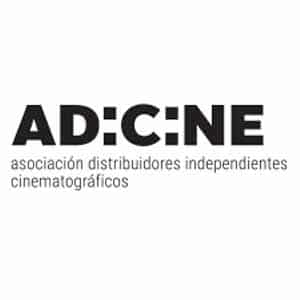
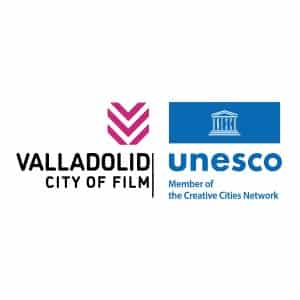
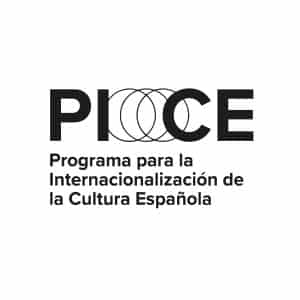

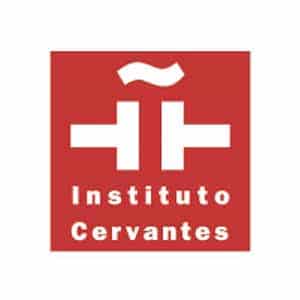

![Logo Foro Cultural de Austria Madrid[1]](https://www.seminci.com/wp-content/uploads/2024/09/Logo-Foro-Cultural-de-Austria-Madrid1-300x76.jpg)




